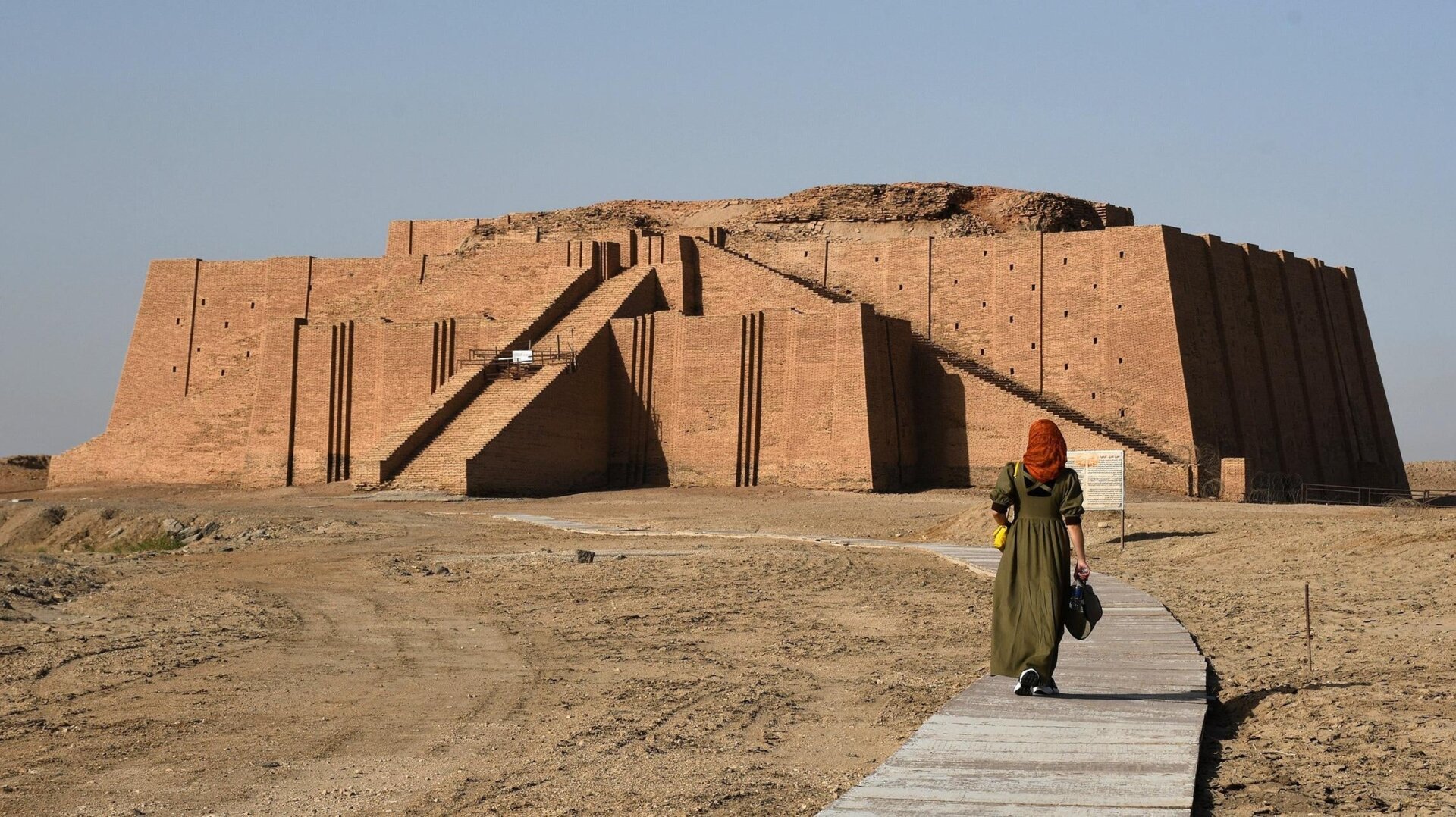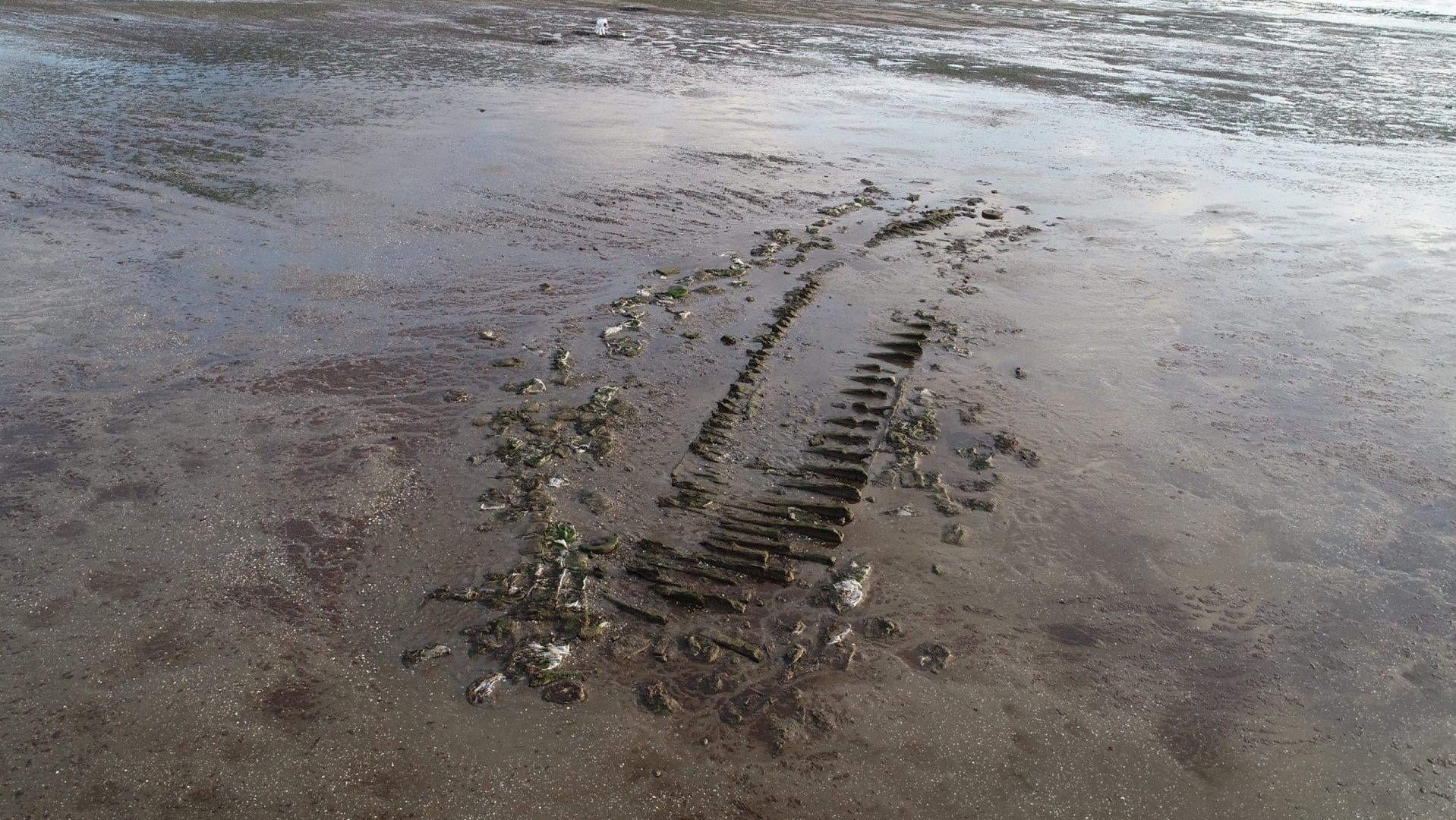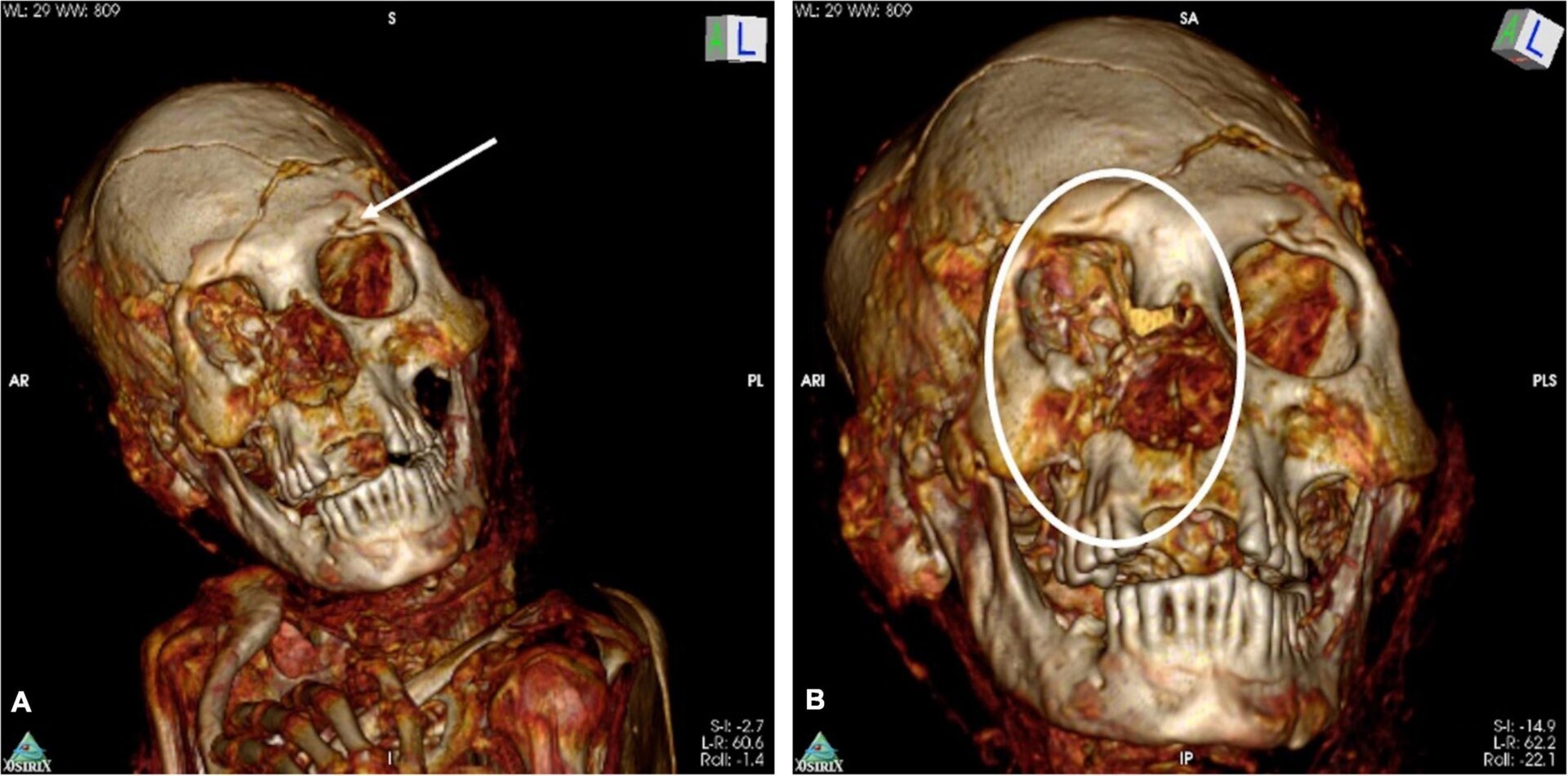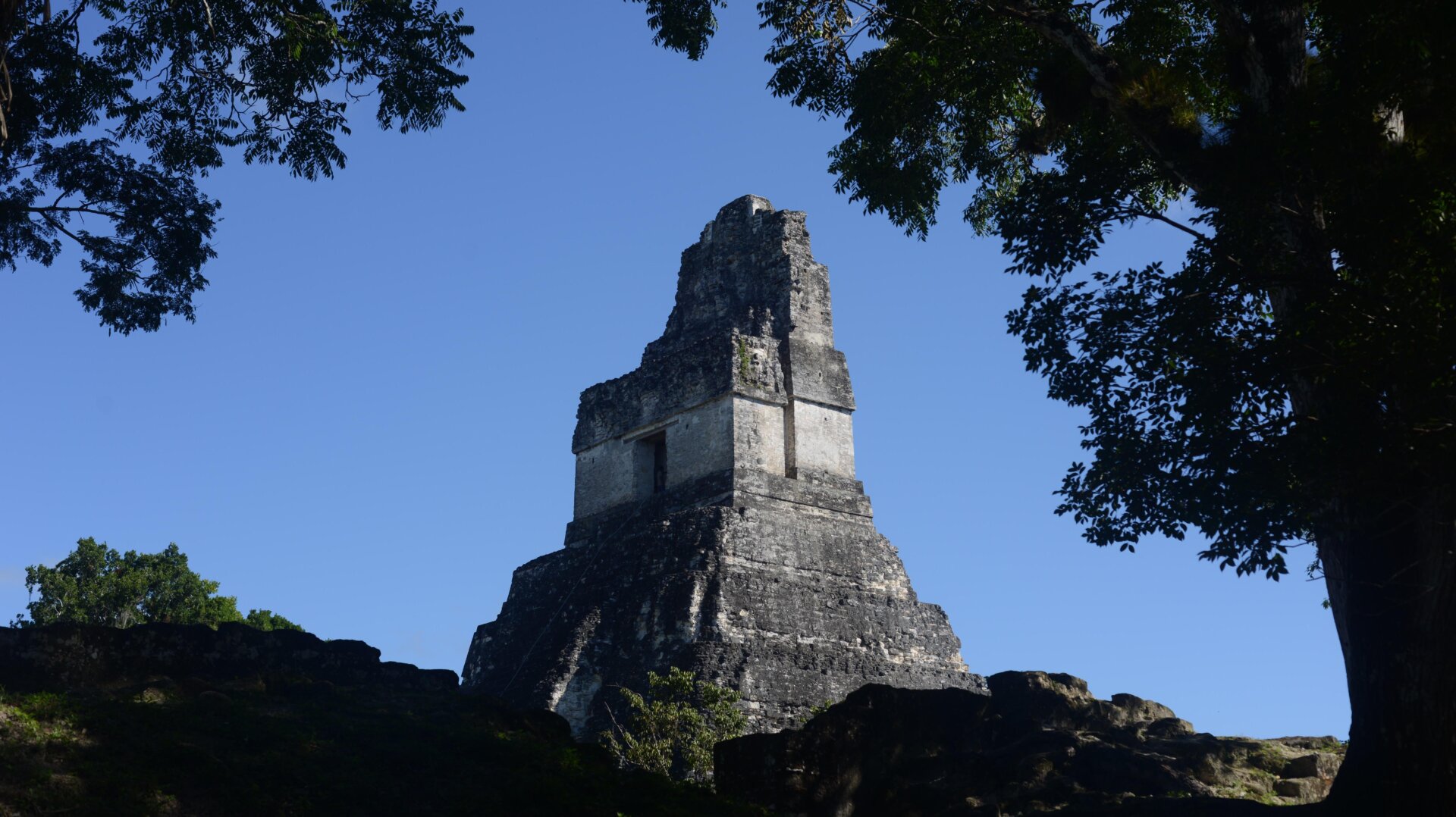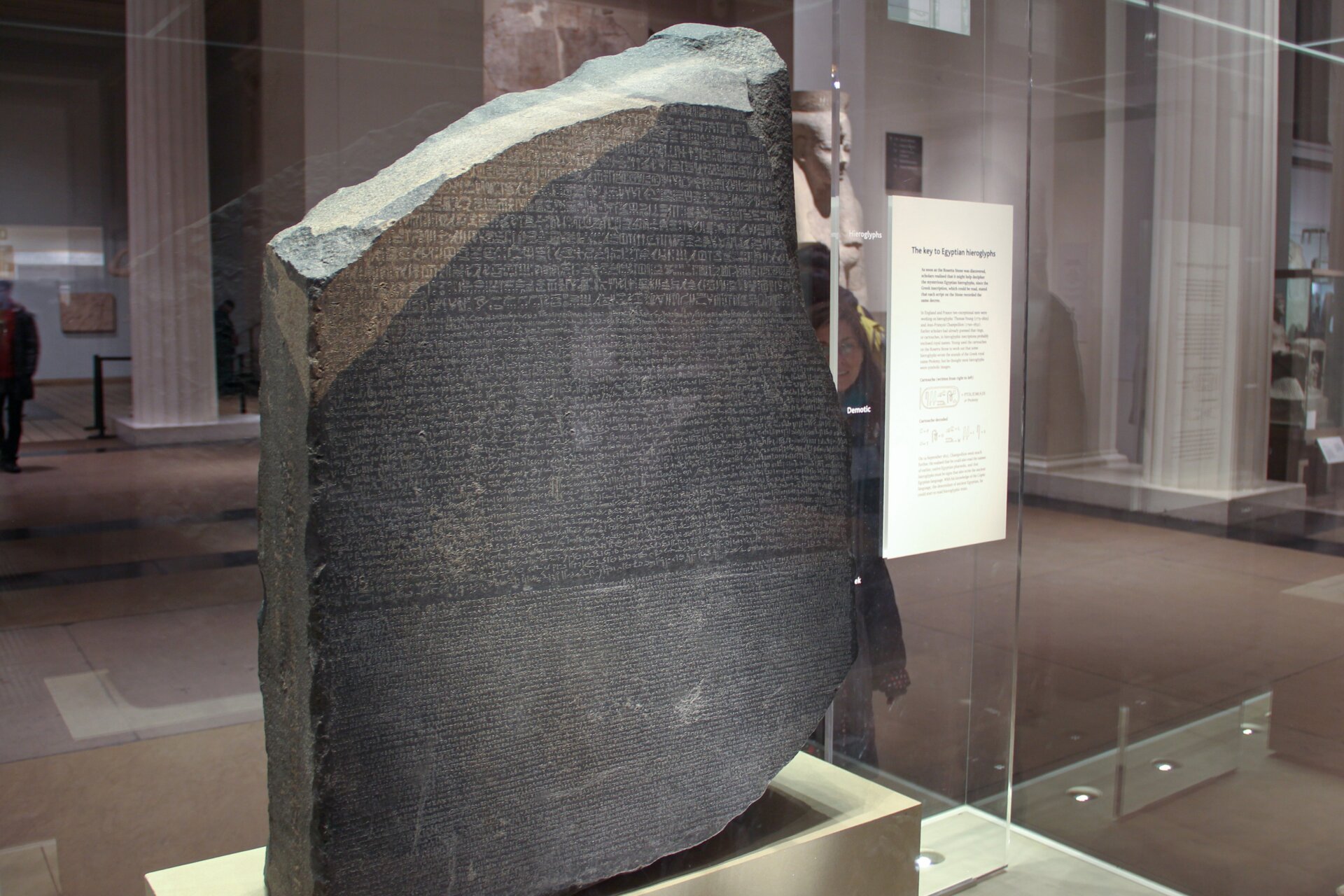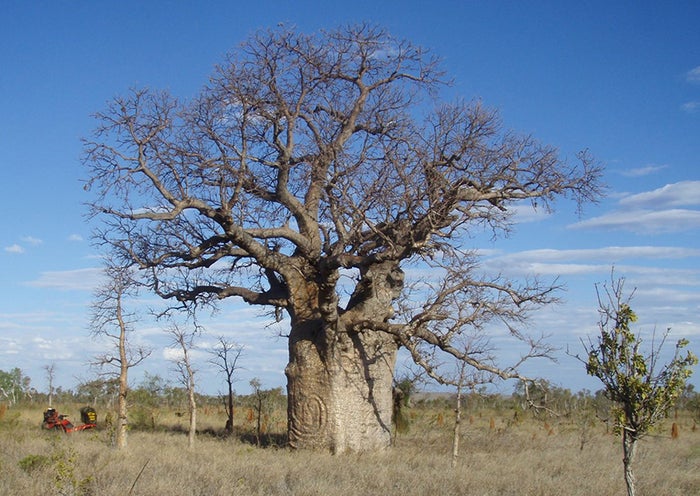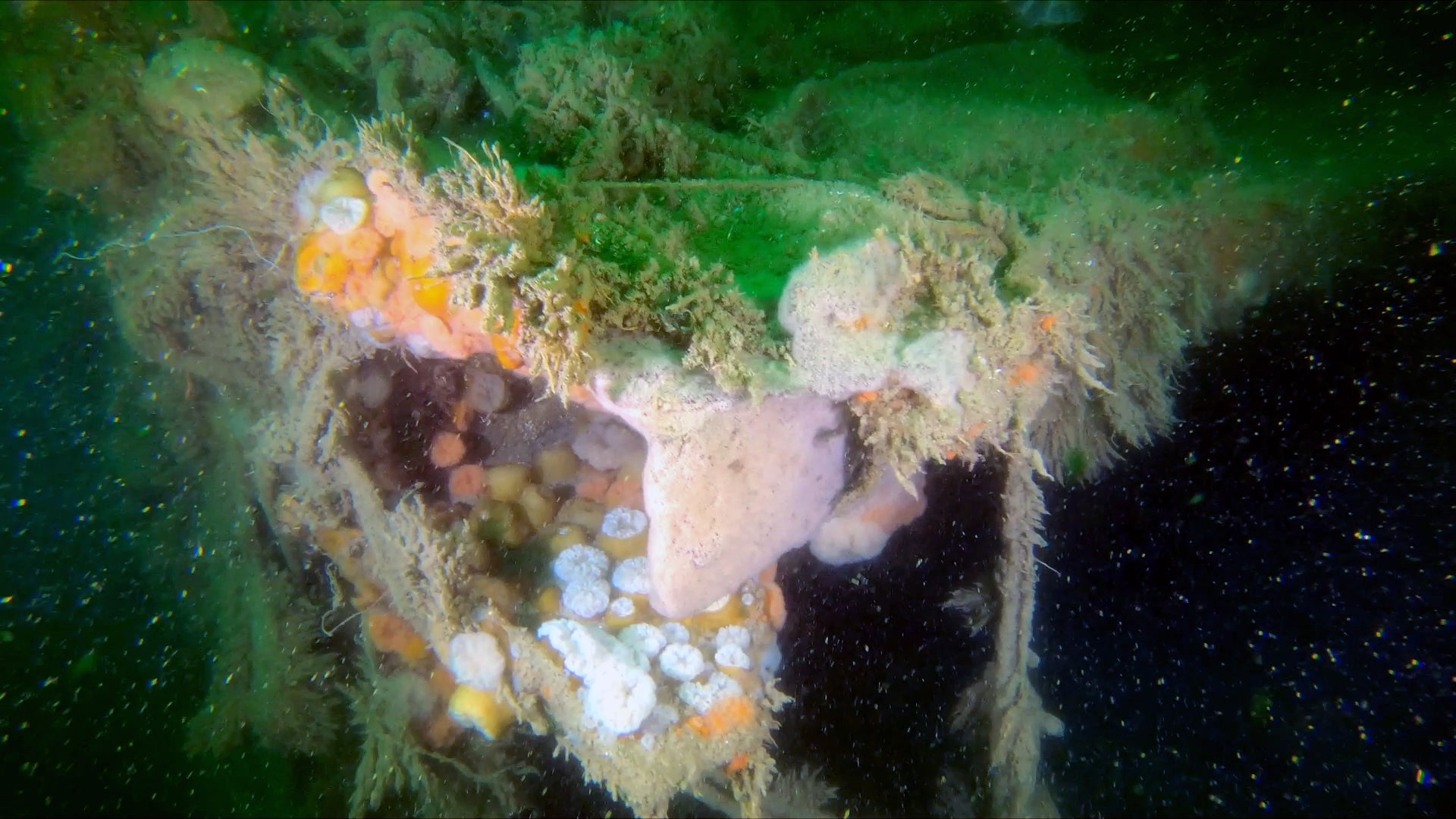The story of human migration and connection since the dawn of civilization has gained new depth thanks to three groundbreaking scientific papers. Analyzing the genomes of 777 individuals who lived from the Neolithic period (circa 10,000 years ago) to the Ottoman period (around 1700 CE), these studies provide fascinating insights into population movements and interactions across Eurasia.
Ancient DNA sourced from diverse individuals, including elites like the Griffin Warrior buried in Pylos, Greece, and the Amesbury Archer interred near Stonehenge, as well as individuals from an Armenian necropolis and farming communities across West Eurasia, formed the basis of this extensive research. A team of over 200 researchers, spanning geneticists, archaeologists, and evolutionary biologists, collaborated on this project, published in Science.
“This data provides a comprehensive overview of the Eastern Mediterranean across millennia, offering valuable insights for future research on migration patterns,” explained Iosif Lazaridis, a geneticist at Harvard University and lead author of the research. “The map of past human migrations, both large-scale and individual, is becoming increasingly clear.”
Unraveling the Southern Arc’s Genetic Tapestry
The first study delves into 10,000 years of genomic history within the Southern Arc, encompassing westernmost Asia and southeastern Europe. This region, the birthplace of early farming and pottery cultures, holds significant historical importance, often referred to as the “Cradle of Civilization,” particularly the Fertile Crescent within it. However, the most accurate terminology for the region remains a point of discussion.
Benjamin Arbuckle and Zoe Schwandt, anthropological archaeologists at UNC-Chapel Hill, commented in a Perspectives article that the term “Southern Arc” may not fully capture the geographical center of the research area, which is closer to the Anatolian peninsula. They also noted that genomic studies often present a broad overview of history, sometimes overlooking the social mechanisms at play despite being derived from individual genetic data.
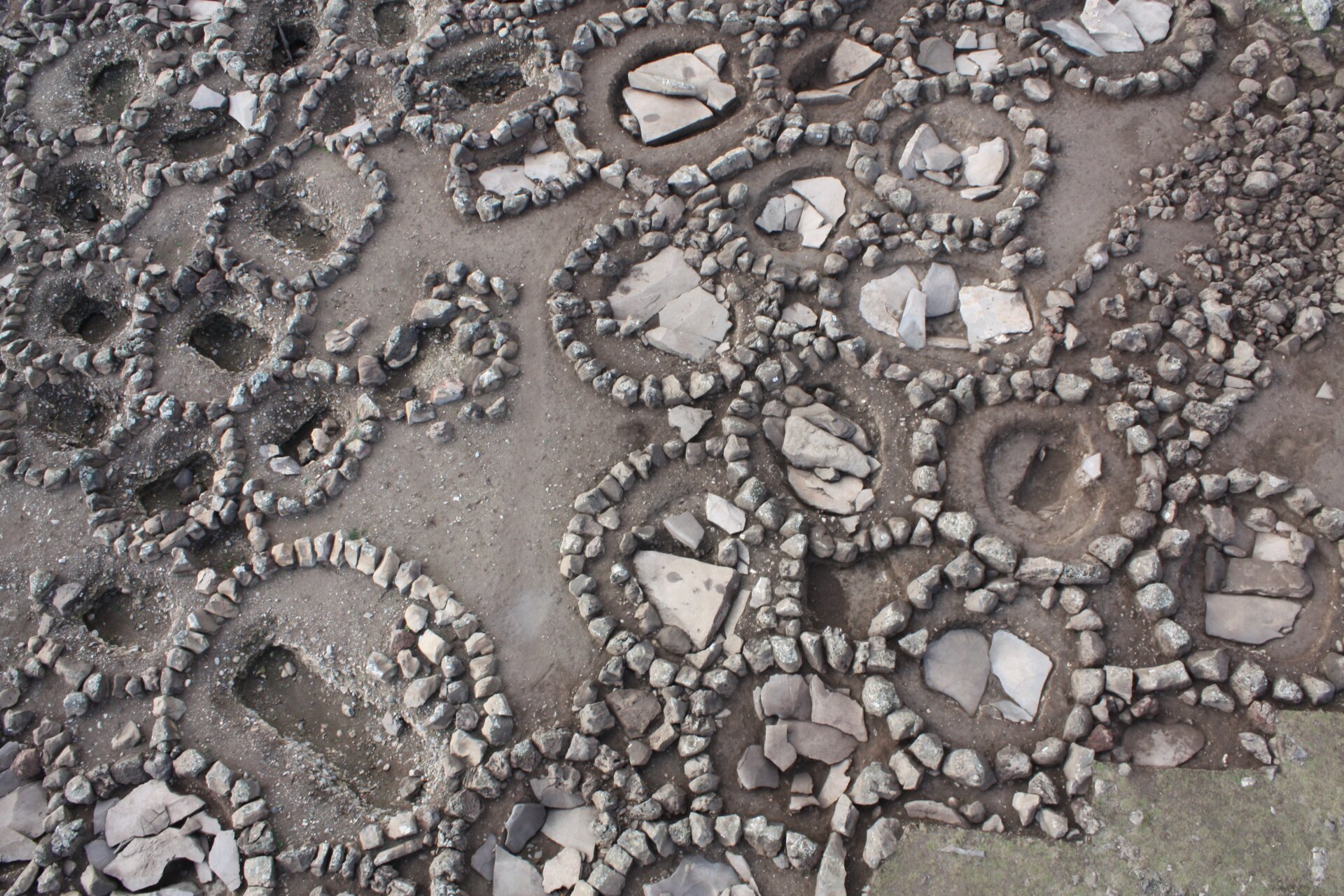 The necropolis at Karashamb, Armenia. The ancient DNA of 26 individuals buried here was included in the new research.
The necropolis at Karashamb, Armenia. The ancient DNA of 26 individuals buried here was included in the new research.
A key finding from the first study connects ancient Indo-European language speakers to the Yamnaya culture, steppe pastoralists who lived north of the Black and Caspian seas. Genetic variations suggest the Yamnaya expanded south into the Southern Arc.
“By comparing Anatolian samples with neighboring populations, we observe that the steppe influence did not reach Anatolia,” Lazaridis said. “We propose that Anatolian language speakers, such as those of Hittite and Luwian, originated from the east, not the steppe. The steppe influence is primarily associated with Indo-European languages, the ancestors of languages like Greek, Armenian, Sanskrit, and English.”
Early Farming Communities and Anatolian Migrations
The second study introduces the first ancient DNA sequenced from the Pre-Pottery Neolithic culture in Mesopotamia (present-day southeastern Turkey and northern Iraq), Cyprus, and northwestern Iran. It also identifies at least two distinct human dispersals from the Fertile Crescent into Anatolia.
Ron Pinhasi, a biological anthropologist at the University of Vienna and co-author of the study, highlighted the findings as evidence of a network of contacts between early farming communities. The research suggests that the Neolithic transition was a complex, multi-regional process spanning Anatolia and the Near East.
Genetic Differentiation and Homogenization
The third study investigated ancestral connections between individuals from Southern Europe and West Asia. It revealed genetic similarities between Mycenaean Greek elites and the general population and showed limited mixing between people in Eastern Turkey and Southern Armenia (then Urartian) with steppe populations.
Mohamed Almarri, a geneticist at the Sanger Institute, noted that the research reveals a reduction in genetic differentiation over 10,000 years as populations mixed, a process known as homogenization. However, this process wasn’t uniform, raising questions about the factors influencing these patterns.
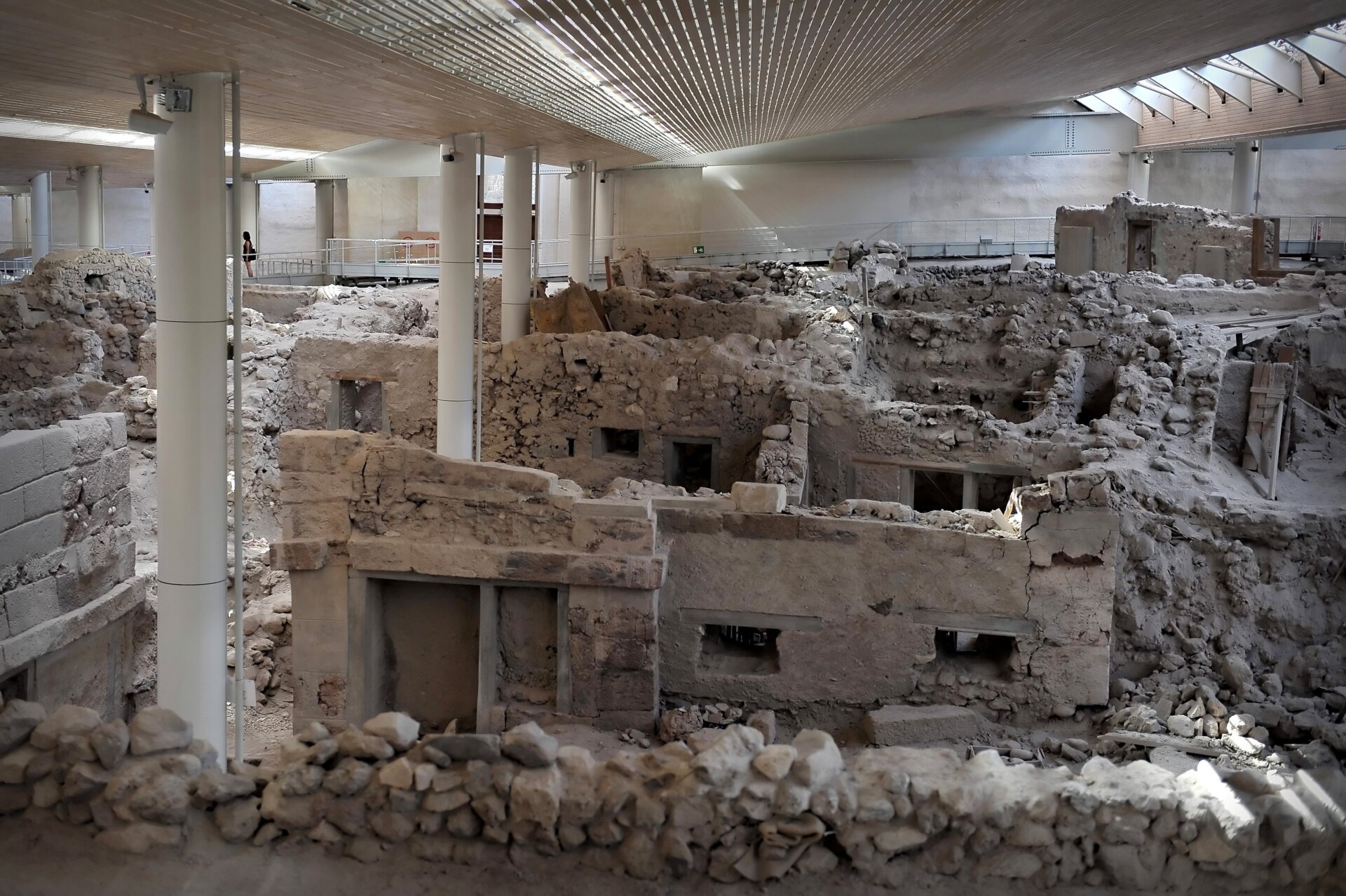 The archaeological site of Akrotiri, once a Minoan town on Santorini.
The archaeological site of Akrotiri, once a Minoan town on Santorini.
The third study also found that ancient Anatolian populations remained genetically distinct through the Byzantine period, representing a core demographic of the Roman Empire.
Arbuckle and Schwandt praised the researchers for producing a remarkable dataset. They emphasized the transformative potential of ancient genomic data for understanding human history, particularly if researchers acknowledge their own perspectives and embrace diverse viewpoints.
The Future of Ancient DNA Research
As ancient DNA sequencing techniques advance, scientists will uncover even finer details of human dispersal and intermingling. The story of our origins and the interconnectedness of humanity can be revealed at the base-pair level, providing deeper understanding of who we are and where we came from.



